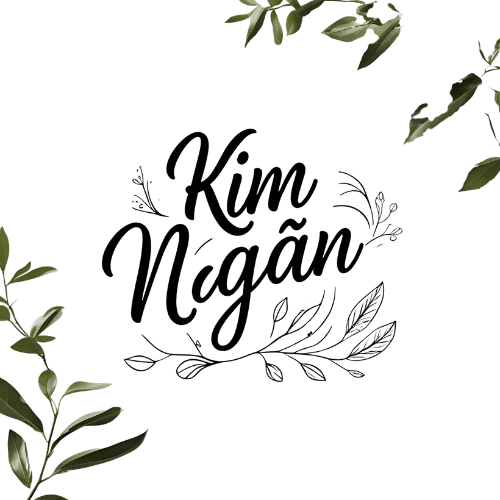Arriving at Incheon Airport – A Calm Start to Your Korea Journey
🧳Arriving at Incheon Airport – A Calm Start to Your Korea Journey
“You don’t land in Korea. You arrive into a soft rhythm — of floor-heated quiet, signs in Hangul, and the hum of a culture that moves gently beneath neon.”
✈️ The Arrival: More Whisper Than Welcome
The first time I landed at Incheon International Airport, it was 6:23 AM. The sky outside was the softest shade of grey-blue, the kind that makes you feel like the day hasn’t quite started yet — and neither have you.
And in many ways, that was perfect.
Korea doesn’t rush you into its story. It lets you ease into it — one automated gate, one subtle bow, one cup of warm barley tea at a convenience store.
Whether you're a first-time traveler or a returning wanderer, here’s how to make your arrival at Incheon as calm and effortless as possible.
🛃 Step 1: Immigration – Breathe In, Bow Lightly
Upon arrival, follow the signs to Immigration. English signage is everywhere, and staff are polite, professional, and quiet. You won’t find loud instructions here — only queues that move steadily, and officers who nod more than speak.
📌 Tip: Prepare your documents:
- Passport (valid for at least 6 months)
- K-ETA (if your country requires it – check before flying)
- Return/onward ticket
- Address of your accommodation (write it clearly in English)
- If you're entering visa-free, the entire process can take 15–30 minutes during low traffic hours, and up to 45–60 minutes during peak arrivals.
💼 Step 2: Baggage Claim – Where Silence Feels Warm
Unlike some airports where chaos reigns at the carousel, Incheon is calm. The wide space, soft lighting, and soothing announcement tones all make you feel like you’re already inside a Korean drama.
If you're carrying expensive items (electronics, luxury goods), you can declare them at customs to avoid issues when leaving.
📌 Tip: Keep your customs form (given on the plane or at kiosks). If nothing to declare, just walk through the green channel.
📱 Step 3: SIM Card or eSIM – Stay Connected Gently
Before stepping into the city, stay connected.
🛒 Options available at Incheon (arrivals level, near Exit 6 & 10):
- SIM cards: KT, SKT, LG U+
- eSIM: QR codes available at kiosks or online via providers like Airalo or Klook
- Rental Wi-Fi egg: Great for groups or short-term trips
📌 Tip: If you're staying more than 5 days, a local SIM or eSIM with data + local number is best. It helps for KakaoTaxi, reservations, and delivery apps.
💳 Step 4: T-money Card – Your Travel Companion in Korea
Right after customs, look for CU, 7-Eleven, or GS25 (convenience stores). You can buy a T-money card there for ~₩2,500 (just over $2 USD).
Load it with cash and you’re ready to:
- Use subways and buses
- Pay at some cafés or stores
- Even rent bikes in Seoul
📌 Tip: You can reload the card at any subway station or convenience store. It's valid across most cities in Korea — not just Seoul.
🚖 Step 5: Getting Into the City – Soft Landings Only
From Incheon, you have three calm and easy options to reach central Seoul:
- AREX Express Train – 45 mins to Seoul Station, reserved seating, very smooth.
- Airport Limousine Bus – Direct to major areas like Myeongdong, Hongdae, Gangnam. Luggage goes below, seats are plush.
- Taxi – About 60–90 minutes depending on traffic (~₩60,000–₩80,000). Prefer “International Taxi” for English-speaking drivers.
📌 Tip: Avoid regular taxis if you don’t speak Korean. The Airport Bus or AREX is much easier and cheaper for solo or first-time travelers.
🌿 Final Thoughts: Begin Gently
Incheon isn’t just an airport. It’s Korea’s soft first page — where the pace slows, the language flows, and you begin to sense that you’re not just traveling somewhere new… you’re arriving somewhere gentle.
Take a breath.
Unpack slowly.
You’re in Korea now — and the journey is just beginning.
🙏 Thank you for reading.
If you enjoyed this calm start, I invite you to explore the next stories in the Korea Travel Essentials series — each written with intention, for travelers who want more than just checklists.
🧳 → Next up: How to Get Around Korea – From Subways to Slower Roads
